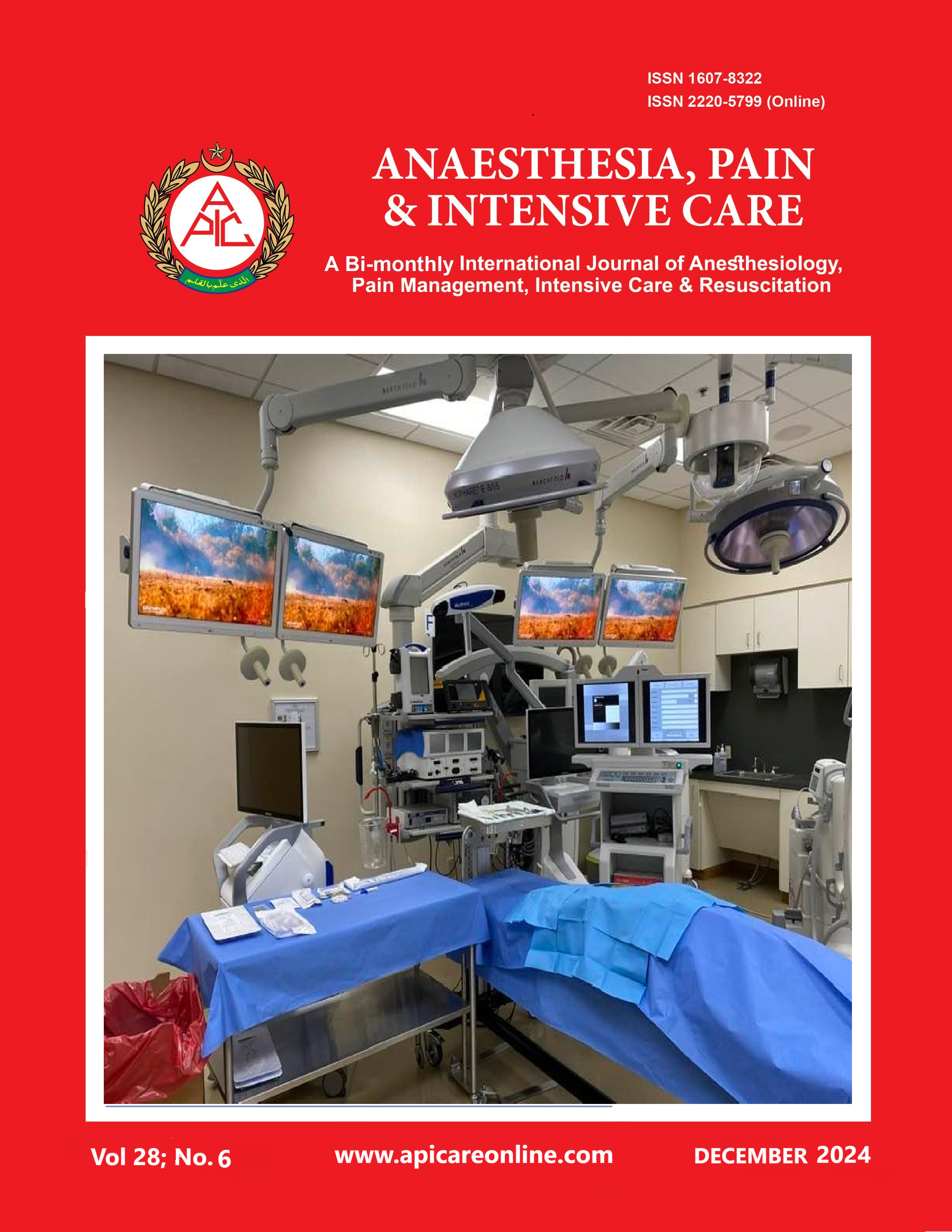Association between interleukin-39 (IL-39) with hormonal and metabolic changes in women with polycystic ovarian syndrome
Abstract
Background & Objective: The most prevalent endocrine defect affecting women in their reproductive years is called polycystic ovarian syndrome (PCOS). It is strongly correlated to metabolic syndrome, insulin resistance, and an increased risk of diabetes and cardiovascular disease in the future. The heterodimer of interleukin-39 (IL-39) is 54 kDa. The IL-12 family subunits p19 and Ebi3 have been found to create a novel complex known as IL-39 (p19/Ebi3), according to the researchers. This study aimed to assess additional hormonal and metabolic abnormalities as well as the blood level of IL-39 in patients with PCOS.
Methodology: The study employed 180 samples of Iraqi women in the 20–40 age range. Ninety newly diagnosed PCOS patients and ninety healthy, fertile women made up the age-matched case-control research group. The groups were gathered between December 2023 and March 2024 from private laboratories and the Al-Sadr Teaching Hospital, Al-Hakeem Hospital, and Al-Zahraa Hospital in the Najaf Governorate. An enzyme-linked immunosorbent assay (ELISA) was used to measure each subject's IL-39 level and calculate their hirsutism scores. The relevant statistical methods were applied to analyze the data.
Results: The BMI, LH, LH/FSH ratio, TT, FAI, FIN, FSG, and HOMA-I R values of the PCOS patient women were considerably greater than those of the healthy women group. The difference in the blood level of IL-39 between the PCOS women and the control group was statistically significant (P < 0.0001). Furthermore, a noteworthy inverse relationship was noted between IL-39 and an IL-39 cut-off value (ng/mL), yielding 82.2% sensitivity and 80.4% specificity; (AUC: P < 0.0001; 95% CI: 0.848–0.965).
Conclusion: A lower level of IL-39 may contribute to the etiology of PCOS patients. Further research is necessary to fully comprehend the pathophysiology and clinical significance of the IL-39 system in PCOS. According to the study's findings, compared to healthy, fertile control subjects, women with PCOS had lower serum IL-39 levels.
Abbreviations: TT - Total testosterone; FT - free testosterone; FAI TC - Free androgen index; total cholesterol; TG - Triglycerides; "LDL-C" - low-density lipoprotein; "HDL-C" - high-density lipoprotein and cholesterol; PTX-3 - Pentraxin-3; WHR - Waist-to-hip ratio; BMI - Body mass index; FSG - Fasting serum glucose; HOMA-IR HOMA%S - Insulin Resistance Homeostatic Model Assessment, or: Insulin sensitivity HOMA, LH - Luteinizing hormone; FSH - Follicle stimulating hormone; IL-39 - interleukin-39.
Key words: IL-39, insulin resistance, obesity, polycystic ovarian syndrome; LH, FSH and LH/FSH.
Citation: Hussein KM, Ali HA. Association between interleukin-39 (IL-39) with hormonal and metabolic changes in women with polycystic ovarian syndrome. Anaesth. pain intensive care 2024;28(6):1035-1042;
DOI: 10.35975/apic.v28i6.2612
Received; August 16, 2024; Reviewed: August 21, 2024; Accepted: December 09, 2024














